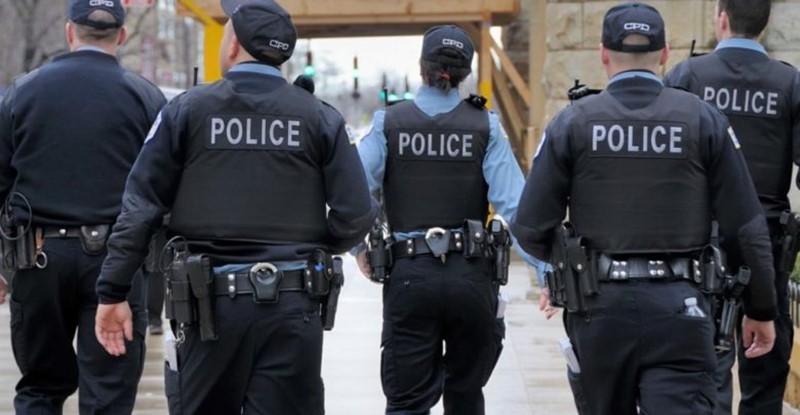
Main Takeaway: The Justice Act is not a police reform bill. It does not include meaningful measures to hold either law enforcement officers or police departments accountable for using or permitting the use of excessive force.
Why the Justice Act Falls Short:
The bulk of this bill creates task forces, commissions, best practices, and incentive grants – which will do virtually nothing to reform policing. What the bill leaves out is any way to enforce failures to abide by best practices or trainings. Moreover, we already had a comprehensive commission under President Obama and all of the work that the Obama Justice Department spearheaded. This bill recreates the wheel without adding substance or accountability. For example, the Justice Act includes a Commission on the Social Status of Black Men and Boys (Title V), despite the fact that many Republicans derided President Obama’s My Brother’s Keeper Initiative.
Importantly, the bill does not remove qualified immunity as a defense or immunity and does not criminalize the reckless use of excessive force.
The Justice Act vs. The Justice in Policing Act:
The Justice Act takes proposals from Justice in Policing Act (JPA), sponsored by many House Democrats, and waters them down significantly to make them meaningless. For example, the JPA creates a national police misconduct registry that requires the submission of complaints against the police, including those that were substantiated and dismissed. Failure to submit the information would result in the state being ineligible to receive Byrne Justice Assistance Grants. The Justice Act requires only the submission of incidents that result in the death or serious bodily injury of another or the discharge of a weapon (sec. 101). This is an extremely limited number of incidents of police brutality and violence. Additionally, the penalty is only a 20% reduction in Byrne grants, meaning states could still devote the other 80% to the same law enforcement activities with only a 5% reduction in subsequent years.
The Justice Act does not even incentivize the prohibition of no knock warrants, but merely requires the state to report incidents when no knock warrants were used (sec. 102). The Justice Act also provides significant loopholes that law enforcement can exploit. For example, sec. 105 permits chokeholds when deadly force is authorized, but many states have a broad definition of when deadly force can be used (see Georgia). The bill’s definition of chokeholds also does not prohibit carotid holds.
The only redeeming aspects of the bill are the inclusion of two prohibitions for acts that may already be criminalized under federal or state law. The first criminalizes the falsification of a report (sec. 106); the second clarifies under federal law that a law enforcement officer cannot engage in a sexual act with someone who is arrested or detained (Title X).
Conclusion:
The Justice Act borrows many ideas from the JPA and Obama-era Justice Department regulations but dilutes them to the point of meaninglessness. This bill will do little to hold police officers and departments accountable and will do little to reduce police violence.


